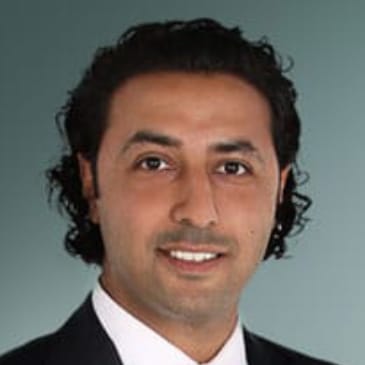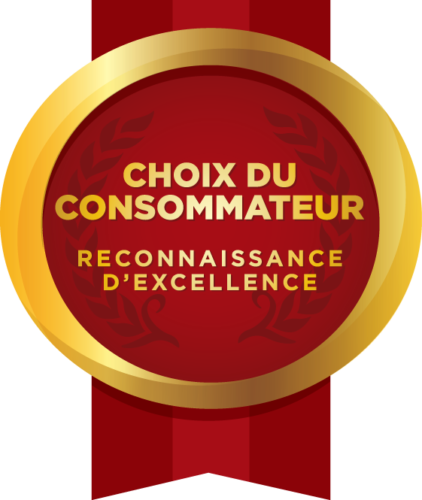Not easy to read / write! Difficulty reading/writing?
Dyslexia / Dysorthography
Dyslexia with or without Dysorthography is a neurodevelopmental learning disability specific to reading or writing. Deficits cannot be explained by other cognitive impairment. There are three types of Dyslexia: Phonological Dyslexia, Lexical dyslexia, and mixed dyslexia. Dyslexia is the best known and most common learning disability. The most recent statistical data, mainly from English-speaking countries, indicates that between 2.3% to 12% of the population suffers from this disorder. Phonological dyslexia is by far the most common (nearly 67% of cases). Lexical dyslexia would only represent 10% of diagnoses while the mixed form represents 23%. Boys are 2 to 3 times more affected by this disorder than girls (1).
Dysorthography is a specific spelling disorder, which often accompanies dyslexia. The cognitive dysfunction underlying the two disorders is probably common. In dysorthography, the spelling of words is very poor (1).
Common symptoms
- Confusion of sounds
- Difficulty in learning letters
- Reverse order of letters
- Difficulty reading rare words
- Reads a more frequent word rather than the actual written word
- Reading by syllable
- Slow reading and writing
- Writing to sound
- Significant delay in reading and writing
Assessment and intervention
It is important to determine the cause of the disorder in order to rule out a second disorder. It is therefore through an exhaustive neuropsychological assessment considering the different aspects that a fair and relevant diagnosis can be made. It is then possible to determine whether it is a specific learning disability or a difficulty related, for example, to ADD/HD or a developmental language disorder. Following this, a precise and adequate intervention may be recommended.
Interventions for dyslexia / dysorthography may include follow-up in remedial education or speech therapy. To alleviate the difficulties of the disorder, accomodations can also be made both at school and at work. These involve, in addition to help with remedial education, the use of technological support such as computers, correction software, or speech synthesizers. Patients can also have access to specific tools such as specialized dictionaries.
References
1. INSTITUTTA. [Online] https://www.institutta.com/.







Follow us to stay in touch with the world of psychology